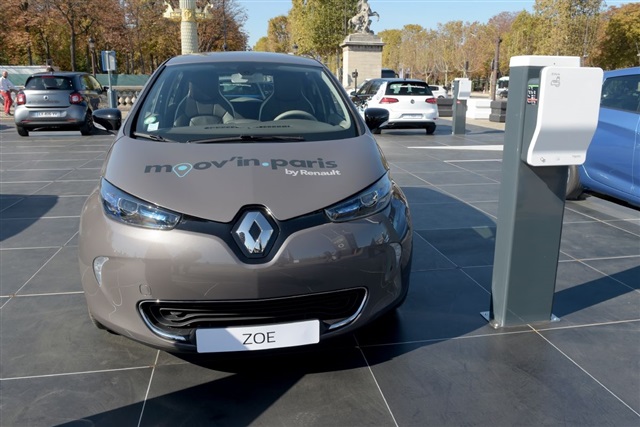The global electric vehicle market is increasingly dominated by three major regions: China, Europe, and the United States. While China's EV ecosystem—including vehicle sales and charging infrastructure—continues to accelerate, Germany faces setbacks due to underused public charging stations. In the United States, however, a dramatic policy reversal under President Donald Trump is threatening to unravel recent federal efforts to build a more equitable and accessible charging network.
Funding freeze disrupts infrastructure plans
One of the most immediate casualties of this reversal is the Biden-era National Electric Vehicle Infrastructure Formula Program, a US$5 billion initiative aimed at bridging the country's EV infrastructure gap. Designed to fund strategic charging station deployments in underserved areas—regions often neglected by private-sector players like Tesla and ChargePoint—the program had already approved US$3.27 billion in state-level plans by early 2025, accounting for 65% of its total budget.
But within weeks of returning to the office, President Trump froze the funding and pushed for legislation to dismantle the program entirely, criticizing it as inefficient and wasteful. The move triggered a cascade of disruptions across the EV infrastructure sector:
Construction stalls: Dozens of approved charging projects have ground to a halt due to funding uncertainty. Some applicants are even withdrawing their proposals.
Partnerships collapse: landowners who had tentatively agreed to host charging stations are now backing out, citing a lack of financial guarantees.
Bidding dries up: with the future of federal funding unclear, several states are struggling to attract bidders for new infrastructure contracts, slowing the expansion of the national charging network.
Legal battles and market uncertainty
Seventeen states and Washington, D.C., have jointly filed a lawsuit against the federal government, seeking to overturn the funding freeze. Meanwhile, industry players warn that the policy reversal is undermining investor confidence and adding new layers of complexity to an already uncertain market environment.
"Frequent policy shifts, coupled with volatile tariff rules, have made the US EV market increasingly difficult to navigate," noted one industry executive. "It's hard to plan long-term when the ground keeps moving under your feet."
The situation is further complicated by rising energy demands from artificial intelligence data centers, which are now competing with EV infrastructure for critical grid upgrades—an often overlooked but essential element of charging network expansion.
US struggles while China dominates
Even with the support of the Inflation Reduction Act and other incentives, EV adoption in the US has lagged behind expectations. Analysts argue that without a coherent, long-term strategy that resonates with local consumers, federal efforts will fall short of transforming the industry.
In stark contrast, China has emerged as the global EV powerhouse, capturing roughly 60% of the world market. Backed by coordinated government planning, China's EV boom has not only reduced dependence on oil imports but also provided geopolitical leverage. Yet, this success comes with its own set of challenges—chief among them a supply glut, intense price wars, and a wave of bankruptcies among smaller EV makers. In response, many countries are tightening import restrictions to shield domestic industries from a flood of low-cost Chinese vehicles.
Still, as the global EV race intensifies, it is clear that stable and forward-looking policy remains the key differentiator. For now, the US finds itself at a crossroads—torn between political volatility and the urgent need for a cleaner, more connected transportation future.
Article edited by Jerry Chen




